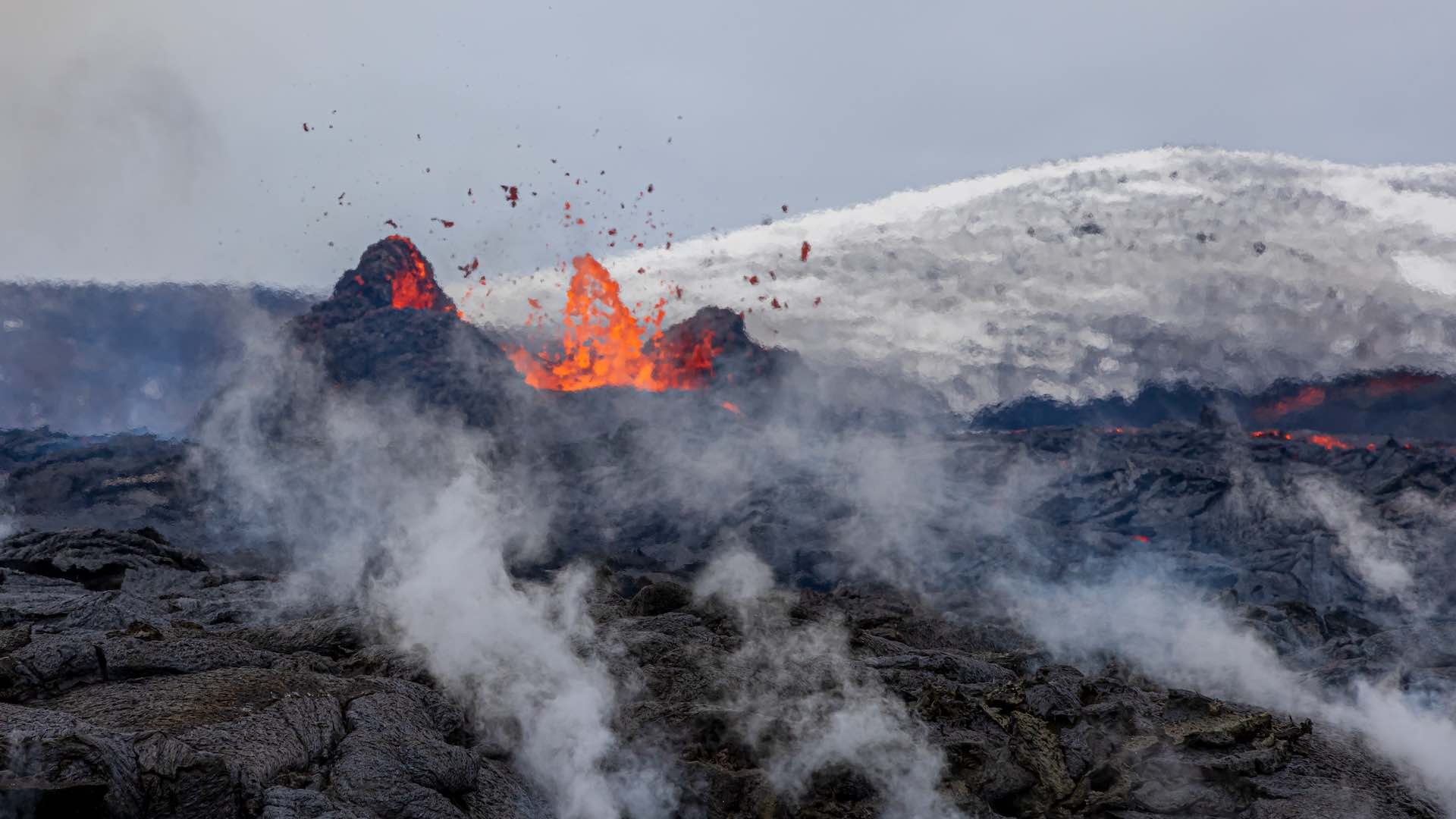In Grindavik, Iceland, the recent volcanic eruption, which had threatened the small fishing town, showed signs of subsiding as of Tuesday. However, despite the decreased activity, experts and authorities have warned that the risk of future eruptions and new fissures remains high. The town of Grindavik, with a population of around 4,000, faced a severe threat from the volcanic eruption that began on Sunday.
The lava flow reached the outskirts of the town, setting three houses on fire. The residents, who had been evacuated twice since November due to the volcanic threat, escaped without any reported injuries. As of Tuesday morning, live footage no longer showed signs of active lava flow, indicating a sudden decrease in the eruption’s intensity. This change came just days after the initial eruption, providing a temporary relief to the residents and authorities.
This eruption occurred on the Reykjanes Peninsula, a region known for its volcanic activity. It’s the fifth eruption in the area since 2021, highlighting the geological instability of the peninsula. According to Rikke Pedersen, head of the Nordic Volcanological Centre, the area is known for its geological hazards and the potential for recurring events. “The whole area is in a stage of great uncertainty,” she stated, emphasizing the unpredictability of the volcanic activity.
The Icelandic Meteorological Office has continued to monitor the situation closely, warning that new fissures could emerge without notice. Magma is still flowing underground, and it’s too early to declare the eruption over. The authorities remain on high alert, ready to implement further evacuations if necessary. The situation in Grindavik serves as a reminder of the volatile nature of Iceland’s geology.

